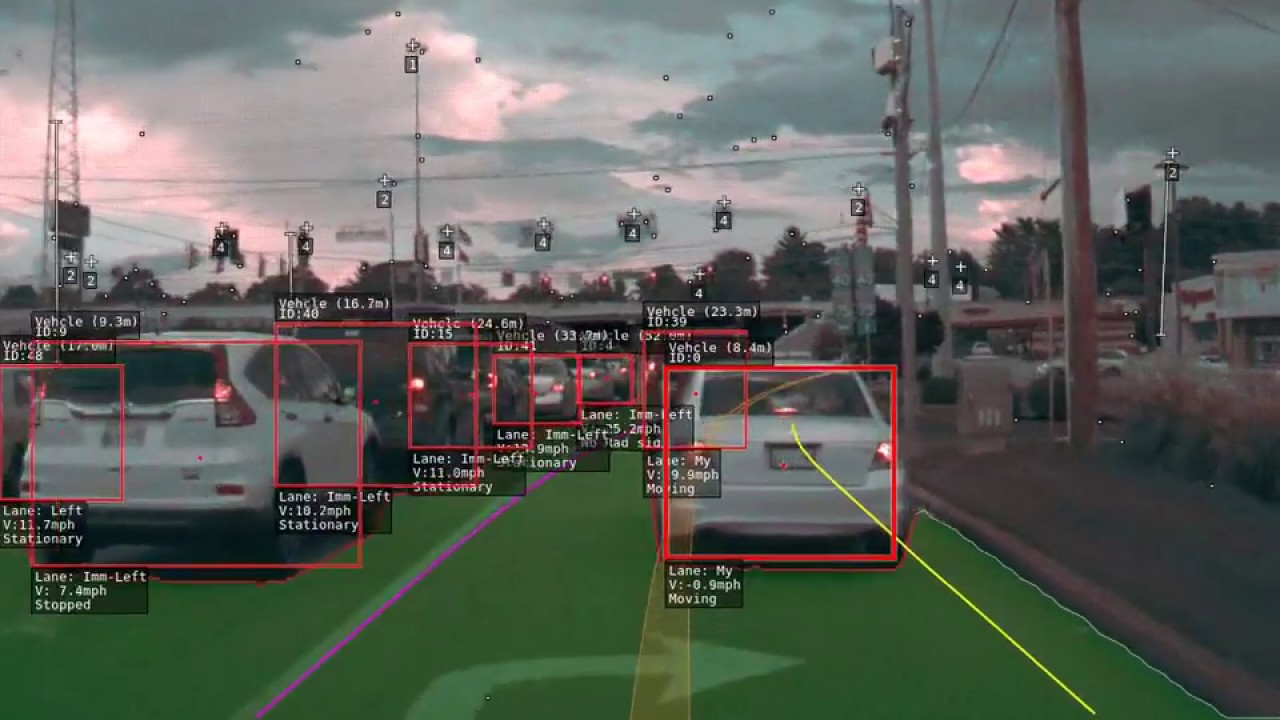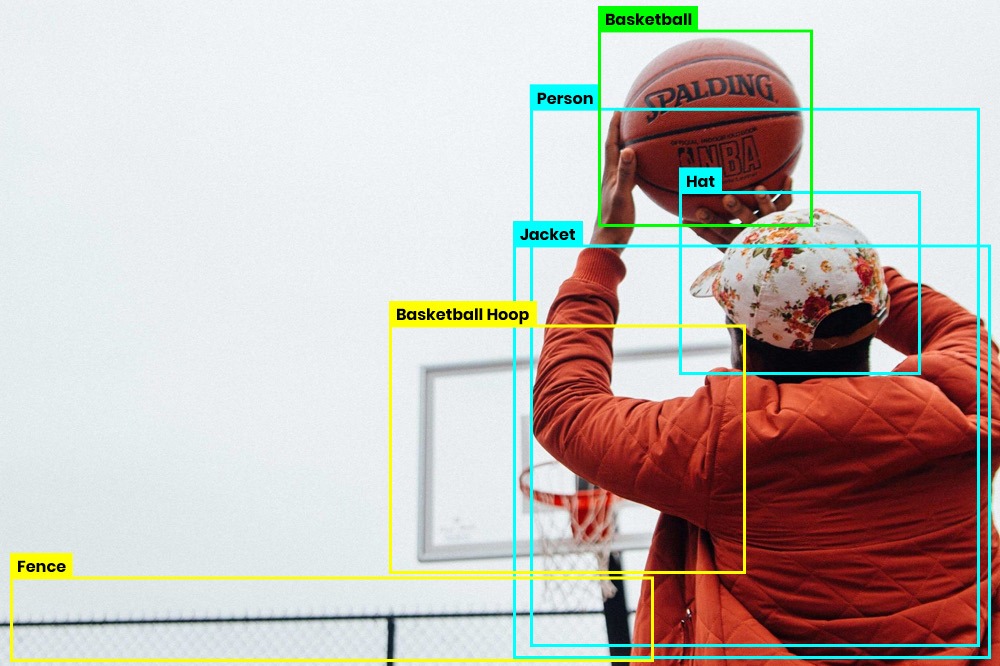In today’s digital age, the utilization of artificial intelligence (AI) has significantly transformed various industries. One such application is visual recognition AI, which has revolutionized the way we analyze and understand images. By leveraging advanced algorithms and machine learning techniques, visual recognition AI enables computers to interpret and make sense of visual data, leading to a wide array of practical applications across different domains.
Introduction to Visual Recognition AI

Visual recognition AI, also known as computer vision, focuses on the development of algorithms and technologies that enable computers to extract meaningful information from visual data, such as images and videos. This field combines computer science, machine learning, and image processing to bridge the gap between human perception and machine understanding.
How Visual Recognition AI Works
Visual recognition AI systems employ complex algorithms to analyze images and extract relevant features. These algorithms are typically trained on vast amounts of labeled data to recognize patterns and make accurate predictions. The process involves several steps, including image preprocessing, feature extraction, and classification.
Key Techniques in Visual Recognition AI
Image Classification
Image classification is a fundamental task in visual recognition AI. It involves assigning predefined labels or categories to images based on their content. Convolutional Neural Networks (CNNs) have emerged as a powerful technique in image classification, achieving remarkable accuracy in tasks such as object recognition and scene classification.
Object Detection
Object detection aims to identify and locate specific objects within an image. This technique is crucial for various applications, such as self-driving cars, where the system needs to detect pedestrians, vehicles, and traffic signs. State-of-the-art object detection models, like the You Only Look Once (YOLO) algorithm, can detect multiple objects in real time.
Facial Recognition
Facial recognition is a specialized form of visual recognition AI that focuses on identifying and verifying individuals based on their facial features. It has gained immense popularity in applications like biometric authentication, surveillance systems, and social media tagging. Deep learning models, such as the FaceNet model, have significantly improved the accuracy and robustness of facial recognition systems.
Image Segmentation
Image segmentation divides an image into meaningful segments or regions, enabling a more detailed analysis of specific objects within an image. This technique finds applications in medical imaging, autonomous driving, and object tracking. Advanced models like U-Net have shown great success in segmenting images with high precision.
Real-World Applications of Visual Recognition AI

Autonomous Vehicles
Visual recognition AI plays a crucial role in enabling autonomous vehicles to perceive and understand their surroundings. By leveraging cameras and sensors, self-driving cars can detect and classify objects, identify road signs, and navigate complex traffic scenarios.
Healthcare
In the healthcare industry, visual recognition is revolutionizing medical imaging and diagnostics. It assists radiologists in detecting abnormalities in X-rays, MRIs, and CT scans, leading to early disease detection and improved patient outcomes.
Retail
Visual recognition AI has found applications in the retail sector, enhancing customer experiences and optimizing inventory management. Retailers can use AI-powered systems to analyze customer behavior, recognize products on shelves, and enable cashier-less checkout processes.
Security and Surveillance
Visual recognition is widely employed in security and surveillance systems to enhance public safety. It enables real-time monitoring, facial recognition-based access control, and object tracking, aiding in crime prevention and investigation.
Challenges and Limitations
While visual recognition has made significant advancements, it still faces several challenges and limitations. Some common issues include:
- Data Availability: Gathering large, diverse, and labeled datasets can be time-consuming and resource-intensive.
- Domain Adaptation: Models trained on specific datasets might struggle when faced with novel or unseen images.
- Ethical Considerations: Facial recognition systems raise concerns regarding privacy, bias, and potential misuse of personal data.
- Interpretability: Understanding the decision-making process of AI models can be challenging, limiting their adoption in critical domains.
Future Trends
The future of visual recognition is promising, with several exciting trends emerging:
- Continual Learning: AI models will become more adaptive and capable of learning from new data over time.
- Multimodal Fusion: Integrating multiple modalities, such as text and audio, will enable deeper understanding and context-aware analysis.
- Explainable AI: Efforts are being made to develop methods that provide transparent explanations for AI model decisions, improving trust and accountability.
Conclusion
Visual recognition AI has unlocked incredible possibilities in image analysis and understanding. From autonomous vehicles to healthcare diagnostics, this technology is reshaping industries and improving human lives. To experience the power of visual recognition AI firsthand, request a demo from AIM Technologies today.
FAQs
What is visual recognition?
- Visual recognition refers to the application of artificial intelligence techniques in analyzing and interpreting visual data, such as images and videos.
What are some real-world applications of visual recognition?
- Visual recognition finds applications in autonomous vehicles, healthcare diagnostics, retail analytics, and security systems, among others.
How does visual recognition work?
- Visual recognition employs algorithms and machine learning models to analyze images, extract features, and make predictions based on learned patterns.
What are the challenges of visual recognition?
- Challenges in visual recognition include data availability, domain adaptation, ethical considerations, and interpretability of AI models.
What are the future trends in visual recognition?
- Future trends include continual learning, multimodal fusion, and the development of explainable AI models.




